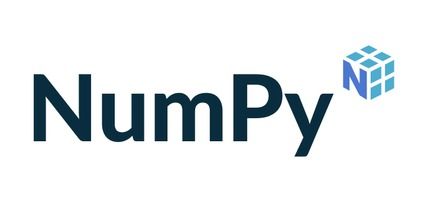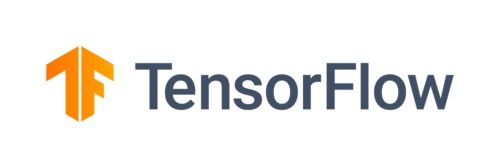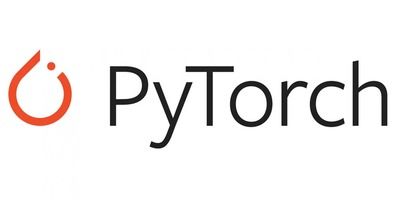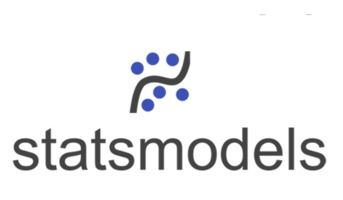In the ever-evolving world of data science and machine learning, Python has emerged as a lingua franca, thanks to its simplicity and the vast array of libraries available for data analysis and machine learning tasks. These libraries not only simplify the process of data manipulation and analysis but also provide powerful tools for predictive modeling and machine learning. In this blog post, we’ll explore some of the most essential Python libraries that are indispensable for anyone looking to dive into data analysis and machine learning.
What is Python Libraries?
Python libraries are a collection of modules, which are essentially reusable chunks of code that perform specific tasks. These libraries can significantly speed up the coding process by providing pre-written code, saving developers from having to write everything from scratch. They are like the secret ingredients in a chef’s recipe, each adding a unique flavor and functionality to the final dish, which in this case is your Python program.
Whether you’re a Python development company or just starting out, Python libraries can make your coding journey smoother and more enjoyable.
Here are some key points about Python libraries:
- Variety: Python libraries cover a wide range of applications, from web development and data analysis to machine learning and artificial intelligence.
- Efficiency: They help to reduce the amount of code you need to write, making your code more efficient and easier to maintain.
- Community Support: Many Python libraries are open-source and have strong community support. This means they are regularly updated and improved.
- Ease of Use: Python libraries are designed to be user-friendly, making it easier for beginners to get started with programming.
- Interoperability: Different Python libraries can work together, allowing you to leverage the strengths of each for your projects.
In essence, Python libraries are like a toolbox for developers – filled with tools that can help you build, analyze, and optimize your code.
Top Popular Python Libraries

Pandas: The Cornerstone for Data Wrangling

Pandas is an open-source library providing high-performance, easy-to-use data structures, and data analysis tools for Python. It’s particularly well-suited for structured data operations and manipulations, which are commonly required in data analysis.
Key Features:
- DataFrame object for data manipulation with integrated indexing.
- Tools for reading and writing data between in-memory data structures and different file formats.
- Data alignment and integrated handling of missing data.
- Reshaping and pivoting of datasets.
- Label-based slicing, indexing, and subsetting of large datasets.
NumPy: The Numerical Backbone

NumPy is the fundamental package for scientific computing with Python. It contains among other things a powerful N-dimensional array object, sophisticated (broadcasting) functions, tools for integrating C/C++ and Fortran code, and useful linear algebra, Fourier transform, and random number capabilities.
Key Features:
- A powerful N-dimensional array object.
- Sophisticated functions for broadcasting.
- Tools for integrating lower-level languages.
- Linear algebra and random number generation.
Matplotlib: Visualizing Data

Matplotlib is a plotting library for Python and its numerical mathematics extension, NumPy. It provides an object-oriented API for embedding plots into applications using general-purpose GUI toolkits like Tkinter, wxPython, Qt, or GTK.
Key Features:
- A wide variety of plots and plotting functions.
- Full control over axes, styles, and formats.
- High-quality output in many formats, including PNG, PDF, SVG, EPS, and PGF.
Scikit-learn: Machine Learning Made Simple

Scikit-learn is a simple and efficient tool for predictive data analysis. It is built on NumPy, SciPy, and Matplotlib, and it’s open-source, commercially usable – BSD licensed.
Key Features:
- A range of supervised and unsupervised learning algorithms.
- Tools for model fitting, data preprocessing, model selection, and evaluation.
- Built-in support for sparse matrices.
TensorFlow and Keras: Deep Learning Frameworks

TensorFlow is an end-to-end open-source platform for machine learning. It has a comprehensive, flexible ecosystem of tools, libraries, and community resources that lets researchers push the state-of-the-art in ML, and developers easily build and deploy ML-powered applications.
Keras, on the other hand, is an open-source software library that provides a Python interface for artificial neural networks. Keras acts as an interface for the TensorFlow library.
Key Features:
- Easy model building with Keras API on top of TensorFlow.
- Robust ML production anywhere with TensorFlow’s flexible ecosystem.
- Tools for researchers to push the state-of-the-art in ML.
PyTorch: The Researcher’s Choice

PyTorch is an open-source machine learning library based on the Torch library, used for applications such as computer vision and natural language processing, primarily developed by Facebook’s AI Research lab.
Key Features:
- Tensor computation with strong GPU acceleration.
- Deep neural networks built on a tape-based autograd system.
- A rich ecosystem of tools and libraries.
Seaborn: Statistical Data Visualization

Seaborn is a Python data visualization library based on Matplotlib. It provides a high-level interface for drawing attractive and informative statistical graphics.
Key Features:
- Built-in themes for styling Matplotlib graphics.
- Visualizing univariate and bivariate data.
- Fitting and visualizing linear regression models.
Statsmodels: Statistical Modeling

Statsmodels is a Python module that provides classes and functions for the estimation of many different statistical models, as well as for conducting statistical tests, and statistical data exploration.
Key Features:
- Linear and nonlinear regression models.
- Time-series analysis models.
- Tools for statistical tests and data exploration.
Conclusion
The Python ecosystem is rich with libraries that make data analysis and machine learning more accessible and powerful. Whether you’re a beginner or an experienced data scientist, these libraries provide the tools you need to handle data effectively, visualize results, and build sophisticated models. By leveraging these libraries, you can streamline your workflow and focus on uncovering insights and building innovative machine learning models.
Remember, the key to effective data analysis and machine learning is not just knowing how to use these libraries, but understanding the principles behind them. So, dive in, experiment, and keep learning!
This blog post is just a primer on the vast capabilities of Python libraries in the realm of data analysis and machine learning. For those eager to learn more, there are countless resources available to deepen your understanding and hone your skills.







